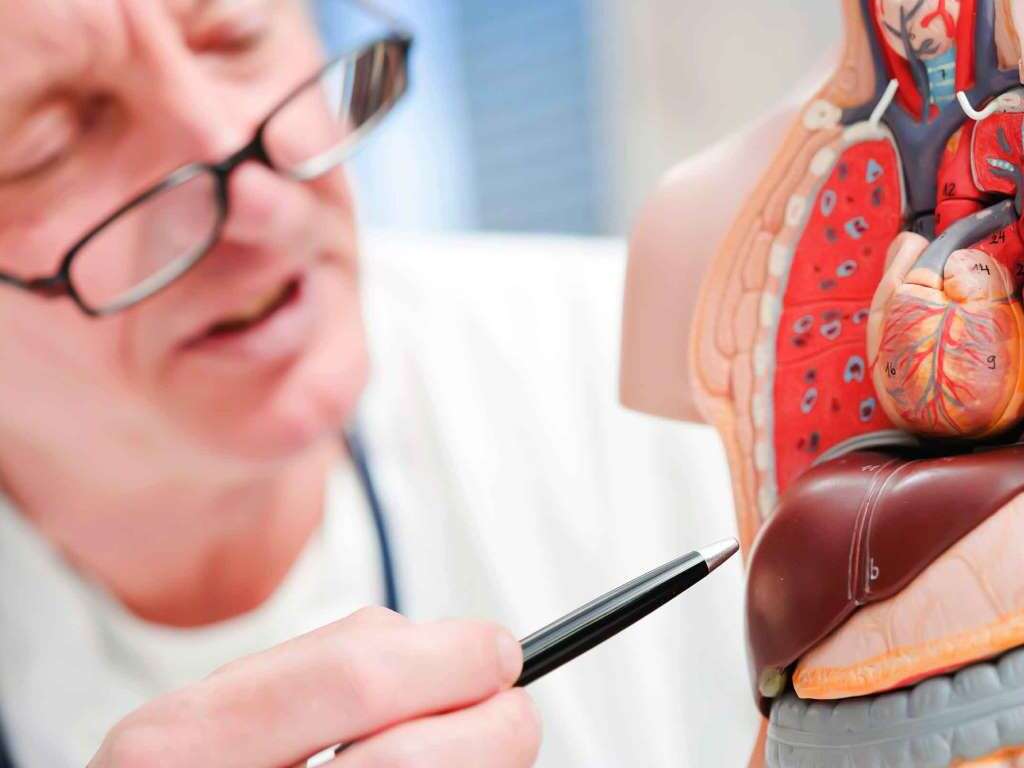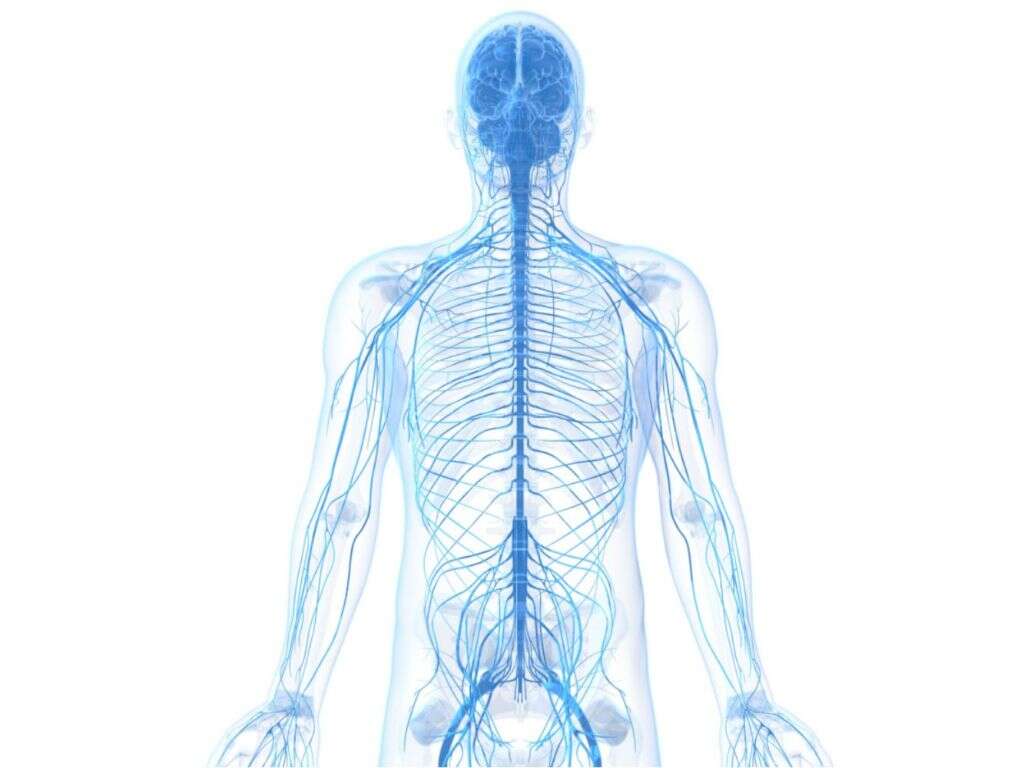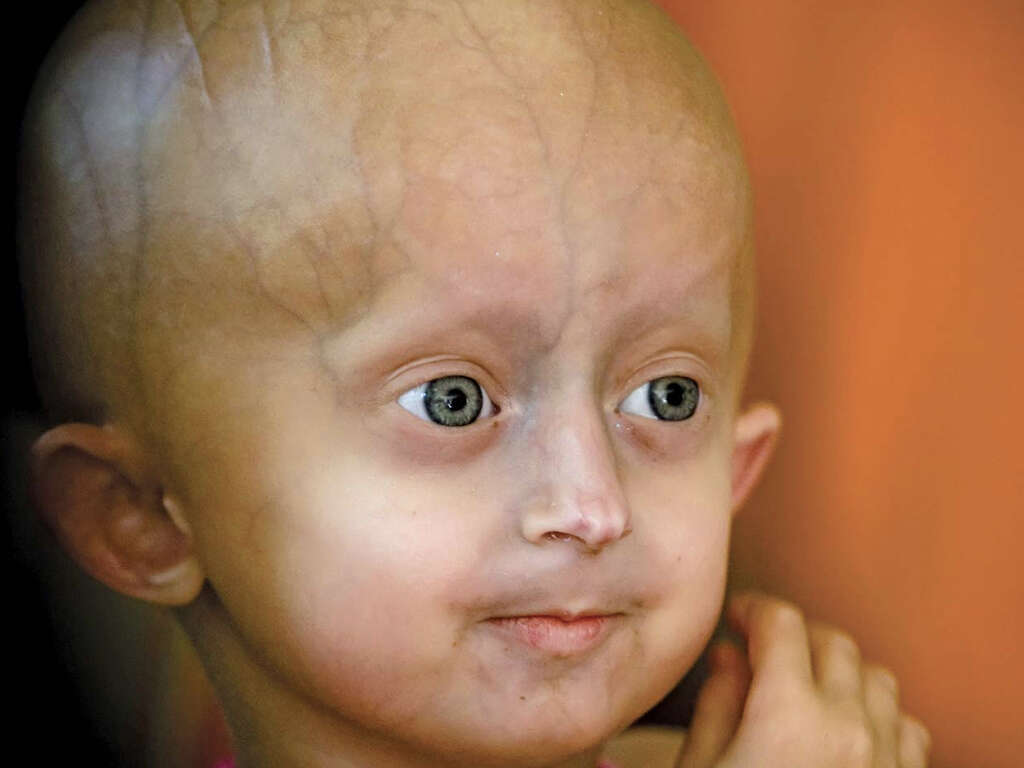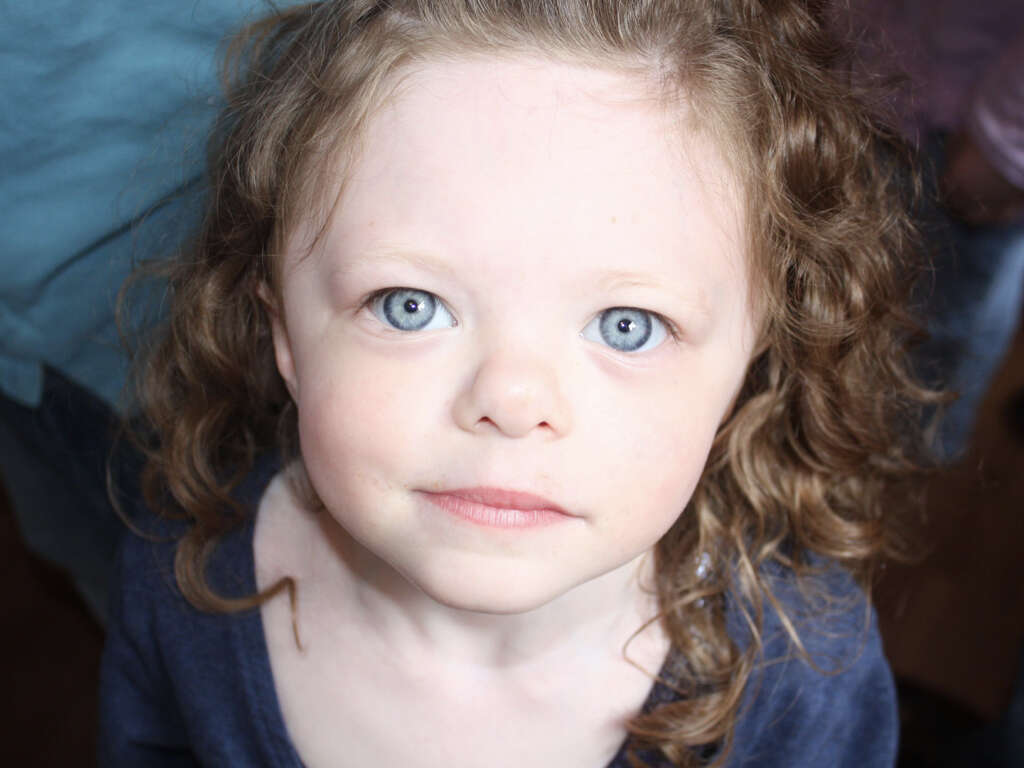What Is Morphea?
There are many different types of skin condition, and their symptoms can range significantly. For some people it is barely even noticeable, but for others, it can be life-changing. Some will have underlying causes that are well understood and treatable. Others will be more mysterious and a lot harder to deal with.
Morphea is a skin condition that is not at all well understood, and it can have a profound effect on the patient’s quality of life. It is thankfully a rare condition, however, and the symptoms are usually only mild. This article takes a closer look at morphea, what its symptoms are, and what can be done to treat it.
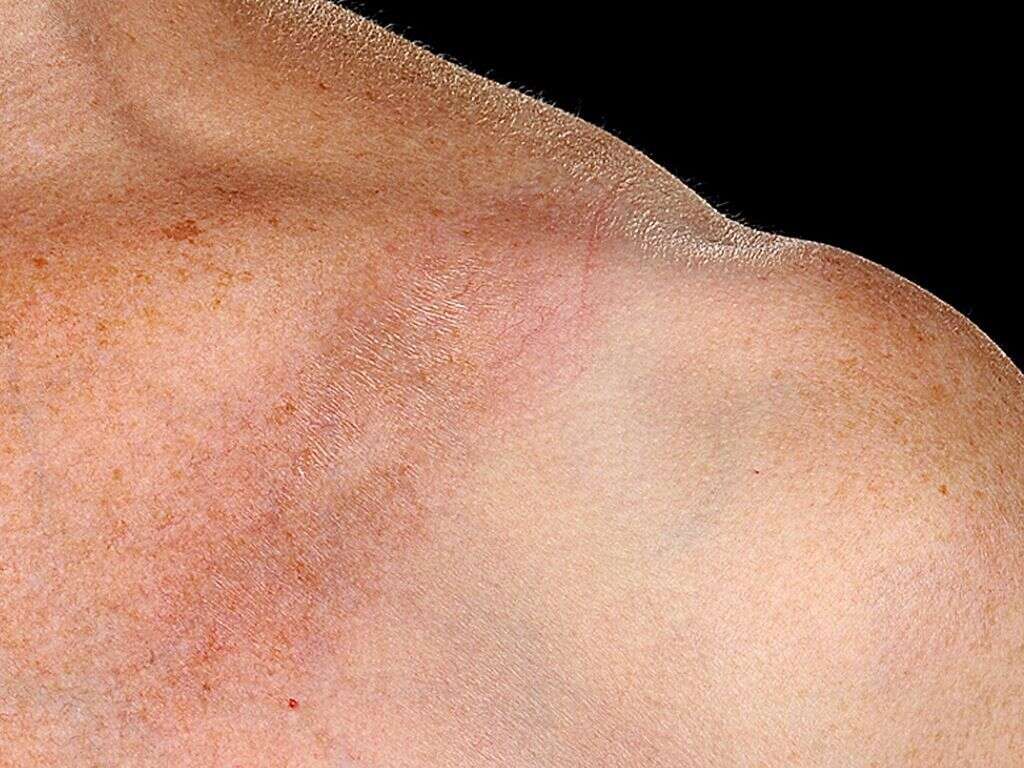
1. Morphea
Morphea is a condition that usually only affects the upper layers of your skin. It usually appears on the back, chest, and abdomen but it can also appear on other parts of the body. It will also sometimes appear on the face. The condition typically results in discolored patches on the body.
Morphea is a rare condition and it will usually fade away over time. It will return in some cases, however. While it is usually only an aesthetic condition, it will sometimes go on to cause other symptoms. There is no cure for the condition, but medication is available that will help to treat the symptoms.

2. Causes
Nobody has yet been able to determine what causes the condition, but there are suggestions as to what the causes might be. One suggestion is that it’s the result of some sort of infection, but there is no evidence to confirm this yet. Radiation therapy is another potential cause, but only a few people with the condition have undergone radiation therapy.
It has also been suggested that repeated trauma to the area can be a trigger, while some suspect it could be down to an abnormal response by the immune system. Regardless, we do know that the condition is not contagious.
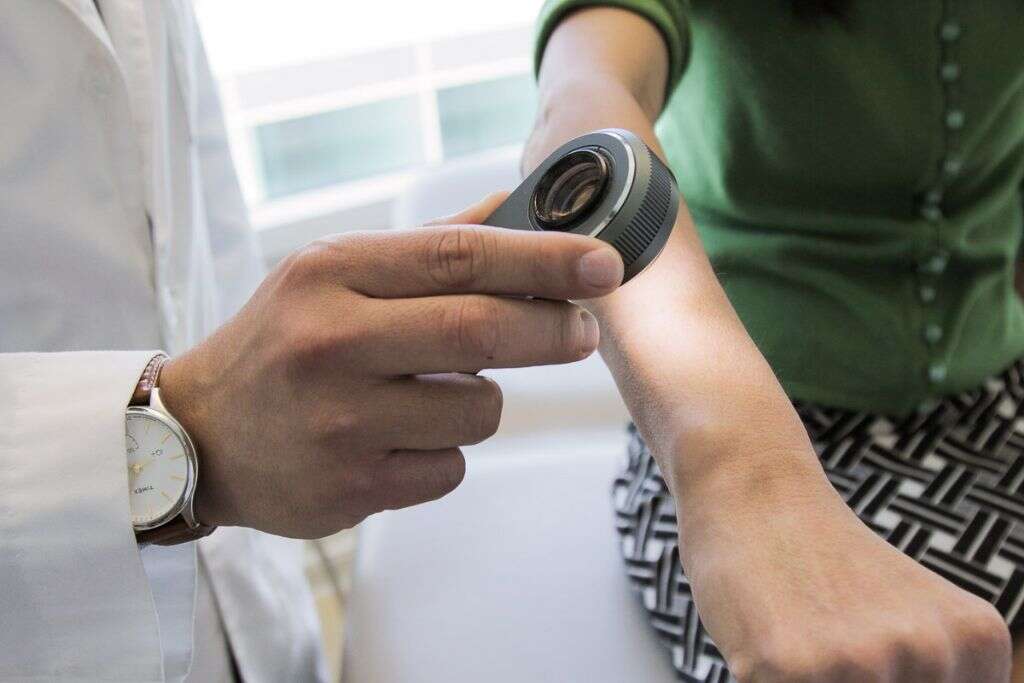
3. Symptoms
The symptoms of morphea will vary from person to person. For some people, it will only be mild and have little to no impact on the quality of their life. For others, the symptoms can be more considerable and can have a profound impact on the patient’s life. Most people will develop patches of discolored skin.
The patches of discolored skin can range from being light in color, to being purple or red. The skin can also see other changes over time, including becoming thicker, harder, shiny, and dry. The patient can also begin to see a loss of hair in the affected area, and they can also expect to see a loss of sweat glands.

4. Generalized Morphea
In addition to the discolored patches, some patients will also find that these patches grow harder than usual. These patches can become more widespread, with new patches forming in different parts of the body. Some of these patches can come together to form larger patches.
This is a condition known as generalized morphea and it will mean that the condition is no longer simply an aesthetic condition. As the condition spreads, so it will mean that the patient is increasingly covered in skin that is less elastic than it used to be. This can cause the patient to begin losing their mobility.
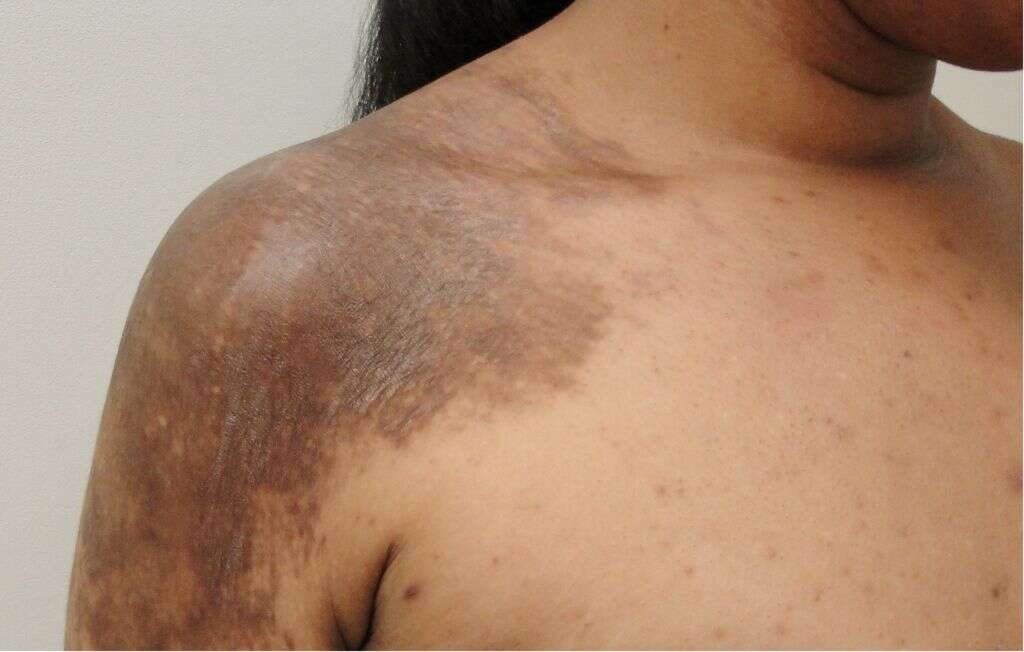
5. Movement Problems
Our skin is usually quite flexible, and it needs to be. This is especially the case around our joints where the skin will be stretched and bent in different directions. If the skin was to lose its flexibility, then it could mean that we lose some of this flexibility, and this is exactly what happens in some cases of morphea.
Many patients with morphea will find that tough, thick skin means that they are not able to bend their joints as much as they usually would. This can make it increasingly difficult for them to perform even simple tasks, and it can even affect their ability to work.

6. Damage To Eyes
Morphea will sometimes be located on the face and neck. This can cause a number of other problems for the patient, including the fact that their condition will become so much more visible. There are also even worse problems it might cause. That being that the patient’s eyes can become damaged.
Morphea can sometimes affect tissues below the surface of the skin, and this will sometimes mean the eyes. This is likely to cause damage to the eye that may not always be noticeable. Regardless, the damage to the eyes is likely to be permanent regardless of whether or not it can be noticed.

7. Self-Esteem
As mentioned, morphea can also appear on the patient’s face – where it is clearly visible to other people. The condition can also be very unsightly, and this can cause the patient to become very conscious about their appearance. This can, in turn, have a significant impact on the patient’s self-esteem.
It is not only facial morphea that can result in a low self-esteem. Some people with the condition on their arms and legs may dress in a way to try and cover it up. Other people might be uncomfortable about bearing their skin in front of intimate partners. Some patients with the condition are likely to need some form of therapy to help them with their self-esteem issues.

8. Risk Factors
Because so little is known about morphea, it is difficult to say who is at risk. Doctors have been able to identify some categories of people that are at a higher risk, however. One such factor includes sex, and women appear to be more likely to develop morphea than men are.
Age is another factor, and people in their mid-40s appear to be more susceptible to the condition. Another age group in a higher risk bracket is people between 2 and 14 years old. More research needs to be done to determine what the risk factors are, and perhaps even find a cure for the condition one day.

9. Diagnosis
Your doctor will likely want to undertake a brief physical exam first and ask you some questions about your symptoms. It is likely that you will be referred to a skin specialist that will be in a better position to help you with your condition. The specialist is then likely to request some tissue samples.
A biopsy of an infected area can be taken to be sent to a laboratory for analysis. Here, it will be examined for signs of morphea, and also to help eliminate other possibilities. Regular eye tests may also be necessary in people that have morphea of the face and neck.

10. Treatment
There is no known cure for morphea, but most cases will disappear on their own regardless. In the meantime, treatments are available that will help to lessen the severity of the symptoms. This can include corticosteroid creams that will help to prevent inflammation, but these should not be used in the long term.
Other medications are available that will help to soften the skin, although it might be weeks or months before any improvement is noticed. For the more severe cases, medication may be provided that will help to suppress the immune system. Light therapy may also be used in some cases.






